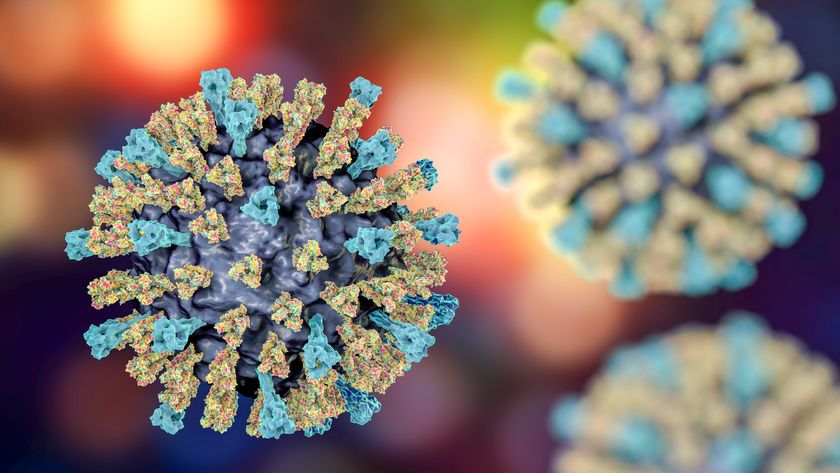Ancient Life Tapped for Solar Technology
An ancient life form has been tapped to create one of the newest technologies for solar energy. The systems that may be surprisingly simple to build compared to existing silicon-based solar cells, researchers said today.
Interestingly, the scientists aren't sure exactly how it works.
Tiny, single-celled marine life forms called diatoms have existed for at least 100 million years and are at the bottom of the food chain, supporting much of the life in the oceans, but they also have rigid shells that can be used to create order in a natural way at the extraordinarily small level of nanotechnology.
By using biology instead of conventional semiconductor manufacturing approaches, researchers at Oregon State University and Portland State University have created a new way to make "dye-sensitized" solar cells, in which photons bounce around like they were in a pinball machine, striking these dyes and producing electricity.
This technology may be slightly more expensive than some existing approaches to make dye-sensitized solar cells, but can potentially triple the electrical output, the scientists said.
"Most existing solar cell technology is based on silicon and is nearing the limits of what we may be able to accomplish with that," said Greg Rorrer, an OSU professor of chemical engineering. "There's an enormous opportunity to develop different types of solar energy technology, and it's likely that several forms will ultimately all find uses, depending on the situation."
Dye-sensitized technology, for instance, uses environmentally benign materials and works well in lower light conditions. And the new findings offer advances in manufacturing simplicity and efficiency.
Sign up for the Live Science daily newsletter now
Get the world’s most fascinating discoveries delivered straight to your inbox.
"Dye-sensitized solar cells already exist," Rorrer said. "What's different in our approach are the steps we take to make these devices, and the potential improvements they offer."
The new system is based on living diatoms, which are extremely small, single-celled algae, which already have shells with the nanostructure that is needed. They are allowed to settle on a transparent conductive glass surface, and then the living organic material is removed, leaving behind the tiny skeletons of the diatoms to form a template.
A biological agent is then used to precipitate soluble titanium into very tiny "nanoparticles" of titanium dioxide, creating a thin film that acts as the semiconductor for the dye-sensitized solar cell device. Steps that had been difficult to accomplish with conventional methods have been made easy through the use of these natural biological systems, using simple and inexpensive materials.
"Conventional thin-film, photo-synthesizing dyes also take photons from sunlight and transfer it to titanium dioxide, creating electricity," Rorrer said. "But in this system the photons bounce around more inside the pores of the diatom shell, making it more efficient."
The physics of this process, Rorrer said, are not fully understood – but it clearly works. More so than materials in a simple flat layer, the tiny holes in diatom shells appear to increase the interaction between photons and the dye to promote the conversion of light to electricity, and improve energy production in the process.
The insertion of nanoscale tinanium oxide layers into the diatom shell has been reported in ACS Nano, a publication of the American Chemical Society, and the Journal of Materials Research, a publication of the Materials Research Society. The integration of this material into a dye-sensitized solar cell device was also recently described at the fourth annual Greener Nanoscience Conference.











